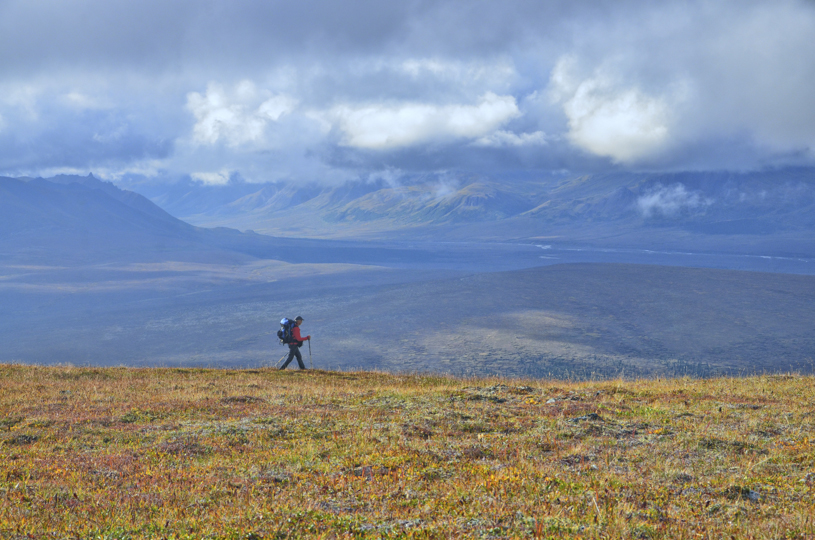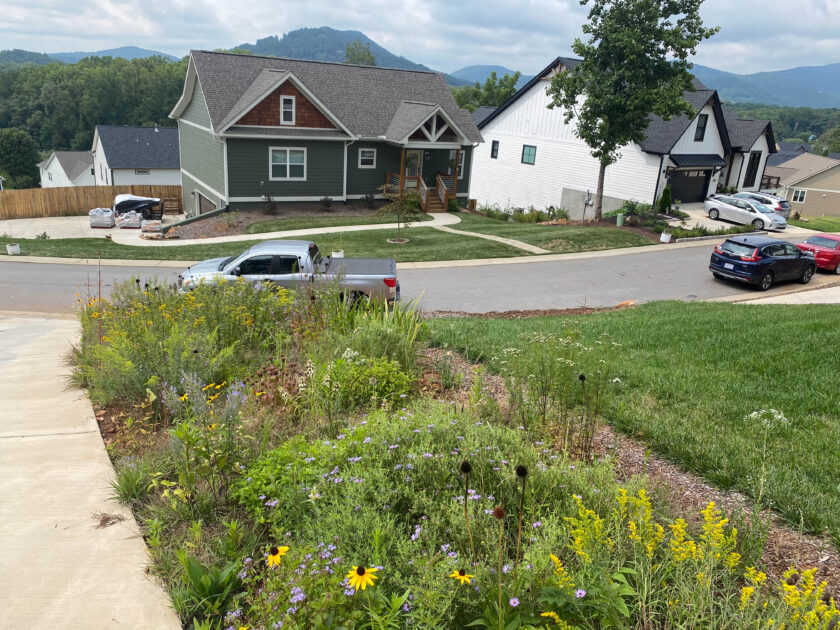13 Ways to Make a Difference For Mother Nature
Sometimes we feel powerless as we watch things happening that are out of our control. Our leaders make decisions that negatively impact us and the things we love. Our Planet is warming, species are going extinct and more and more habitat is being lost to development. Some days it feels like a challenge just to remain upright, and feeling hopeful seems impossible. But before we go down the rabbit hole of despair, let’s remember this quote by the Dalai Lama,” If you think you are too small to make a difference, try sleeping with a mosquito.”
Every single day, multiple times per day we vote with our actions and our money. Each one of us can change so that our actions align with our morals, values and beliefs. Think of what our world could be like if everyone leaned into their power to BE THE CHANGE!
Let’s celebrate this great earth every day, not just one day each year. Here are a few changes everyone can make that can make a huge difference– for the most IMPACTFUL WAY to help Mother Earth, skip down to number 5!
- OFFER A WATER SOURCE Birds, bees, and other small animals need water: why not put out a bath or shallow pool in your yard? As you probably already know every living thing needs 4 things to thrive and survive. Those are food, water, shelter and space. Water, especially in the heat of the summer, is often difficult to find if you live outside and don’t have the luxury of turning a knob on a faucet. Offering a bird bath is an easy thing everyone can do. And if you want to make it friendly to small animals too, like our native bees, or butterflies, put out a small bowl or shallow tin filled with small marbles or pebbles. Adding a solar sprayer or mister may attract more birds.
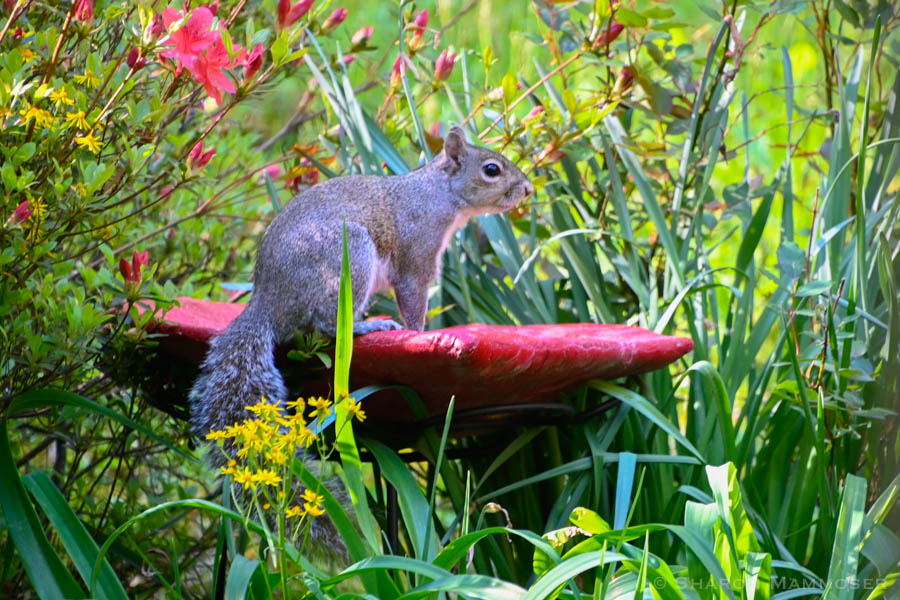
2. JOIN HOME GROWN NATIONAL PARK This is an initiative started by Biologist and Author Doug Tallamy. It is a “grassroots call-to-action for everyone to regenerate biodiversity and ecosystem function by planting native plants and creating new ecological networks.” To join, you can be a homeowner or renter, you just need to offer some native plants to create a habitat animals of all sizes can safely utilize.
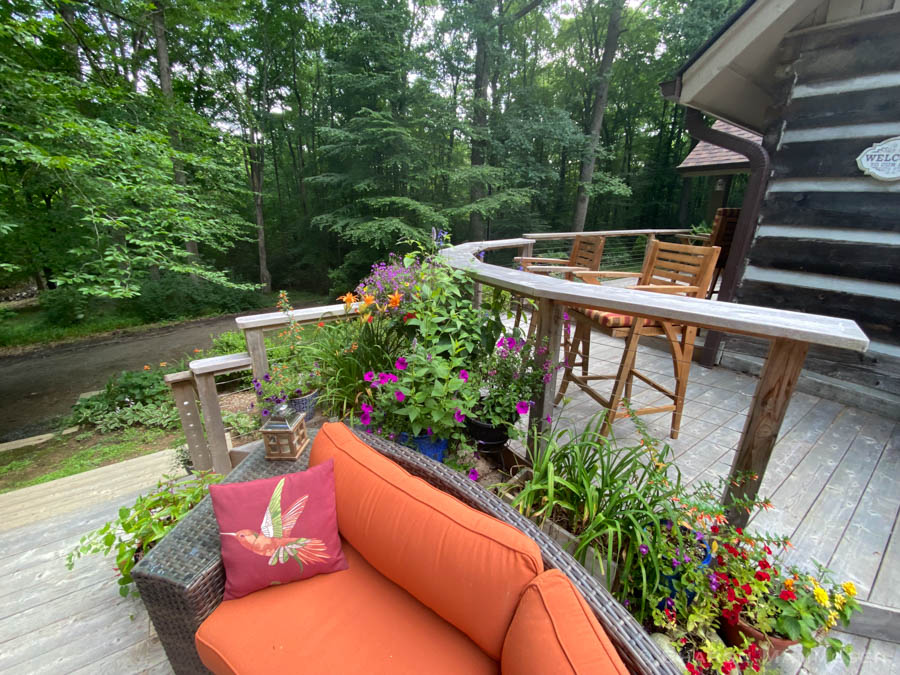
3. SHRINK YOUR LAWN WITH NATIVE PLANTS The quickest way to destroy an ecosystem is to replace it with lawn. 40 million acres in the US are covered with green grass, creating a vast monoculture that supports zero wildlife. Its only value is that it “looks nice” and allows homeowners to fit in with their neighbors. Let’s buck this trend and call on our intelligence to make choices that benefit nature instead. Replace some of your lawn with habitat islands, choosing a variety of native plants of all shapes and sizes that give something back to our fellow earthlings. Add native plants to your front or back garden.
There are tons of great native plants for wherever YOU live. It’s not impossible to make your yard, or deck, look nice, but also offer something useful to the birds, bees, butterflies and other animals. Let’s change the way we garden and start thinking of the animals and plants who share our spaces with us, rather than choosing something strictly because it’s pretty. Home Grown National Park website offers some amazing resources that every homeowner or renter can use to find and choose native plants.
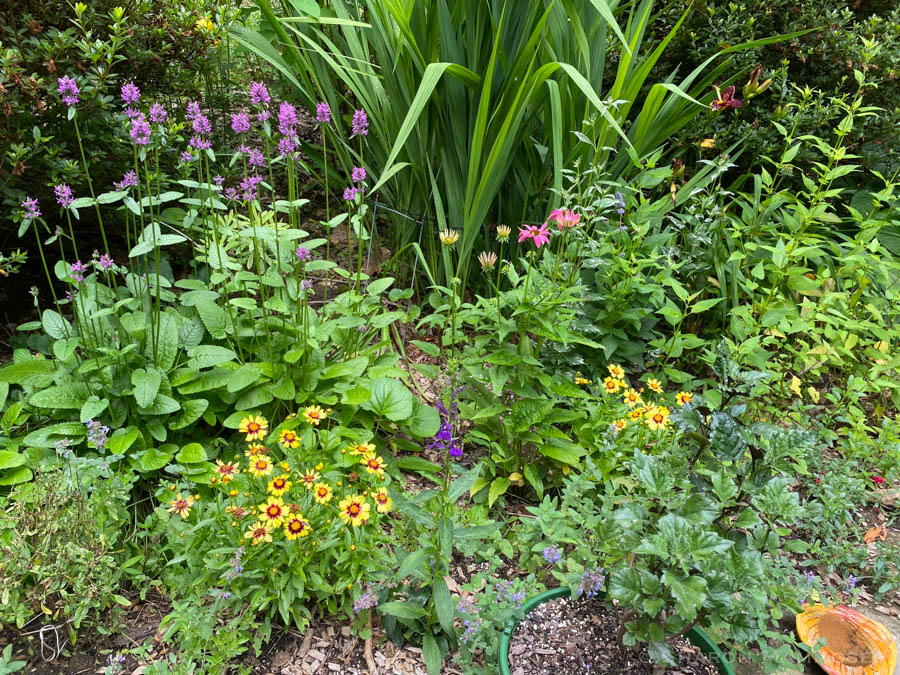
4 PLANT KEYSTONE SPECIES Like the rocks in the middle of an arch that hold the whole thing together, keystone species play a giant role in local ecosystems. When those species disappear, many others will follow suit. By choosing to put keystone species in your yard you can help support more biodiversity. Oak, willow and maple are keystone trees. Adding a handful of trees to your yard is an easy way to help Mother Nature. Trees capture carbon from the atmosphere, protect and fertilize soils, and shelter many birds, insects and other animals. Goldenrod, aster and coneflower are keystone perennials. To find a keystone species that’s native to your yard, check out Homegrownnationalpark.com.
5. ELIMINATE, OR REDUCE YOUR CONSUMPTION OF MEAT AND DAIRY Jane Goodall, Greta Thunberg, David Attenborough, and others are sounding the alarm– our eating habits are fueling the destruction of our Planet. Researchers at the University of Oxford found that “Since 1970, humans have wiped out 60% of animal populations. The three leading causes ALL relate to the consumption of animals: animal agriculture, eating wild animals, and fishing.”
Animal agriculture is extremely destructive to our planet and is THE driving contributor to greenhouse gas emissions, biodiversity loss, species extinction, deforestation, water scarcity, pollution, loss of indigenous peoples, and risks of antibiotic resistance and pandemics.
Researchers at the University of Oxford conducted a study looking at nearly 40,000 farms in 119 countries.
Afterwards they concluded, “The most impactful way to reduce your impact on Planet Earth is to adopt a vegan diet…it is far bigger than cutting down on your flights, or buying an electric car.”
Switching to a vegan diet produces 70% less CO2, reduces wildlife destruction by 60%, and uses just one third of the land compared to a meat-based diet. A plant-based diet also uses 50% less water.
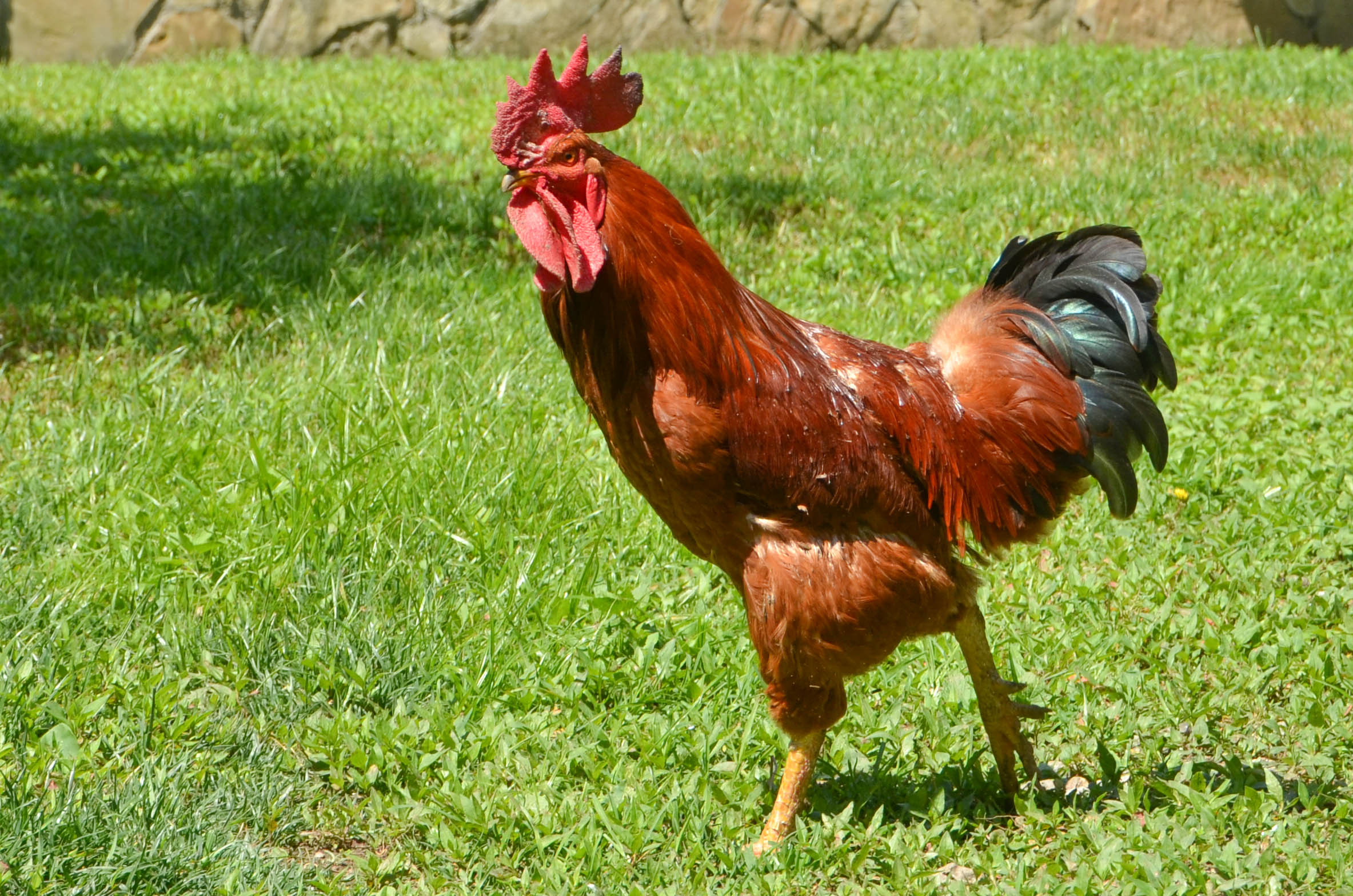
Grazing animals and feed for 92.2 BILLION land animals is an inefficient use of land. An investigation published in June of 2023 found that in a six-year time frame, beef producers cut down 800 MILLION TREES in the Amazon rainforest! This was both to raise animals, and crops to feed those animals, which were often exported to other countries. Do we really want our desire for a burger or a steak to be the reason why ancient trees in the Amazon are being cut down? Farm animals now make up most of the world’s animal population, about 60%, while wild animals make up just 4%! Is anyone else alarmed by this tiny number? How can we continue on this way and not think there will be consequences?
This planet can provide for human need, but not human greed. –Gandhi
No one wants to be told what to eat, but the research is clear. If we truly want to Be the Change, then adopting a vegan diet is the way to make the most impact.
To learn more, watch the film Eating Our Way to Extinction.
6. TURN OFF YOUR LIGHTS AT NIGHT This may be the easiest thing to do, EVER! It’s so easy, just flip the switch to off. Or, if you want, put your outdoor lights on motion sensors so they just come on when you’re actively using or needing them. Almost all living things are negatively affected by outdoor lights at night. It messes with their circadian rhythms, makes it hard or impossible for reproducing, causes death of many insects like moths before they can find mates, shortens the life of trees, repels bats, and on and on. Turing off YOUR outdoor lights at night will make a big difference to all of the plants, animals, and even fellow humans, that live nearby. We humans can get away from the lights by closing the doors, shutting the blinds, or flipping a switch. Animals don’t have the same luxury and must live with this constant nighttime light.
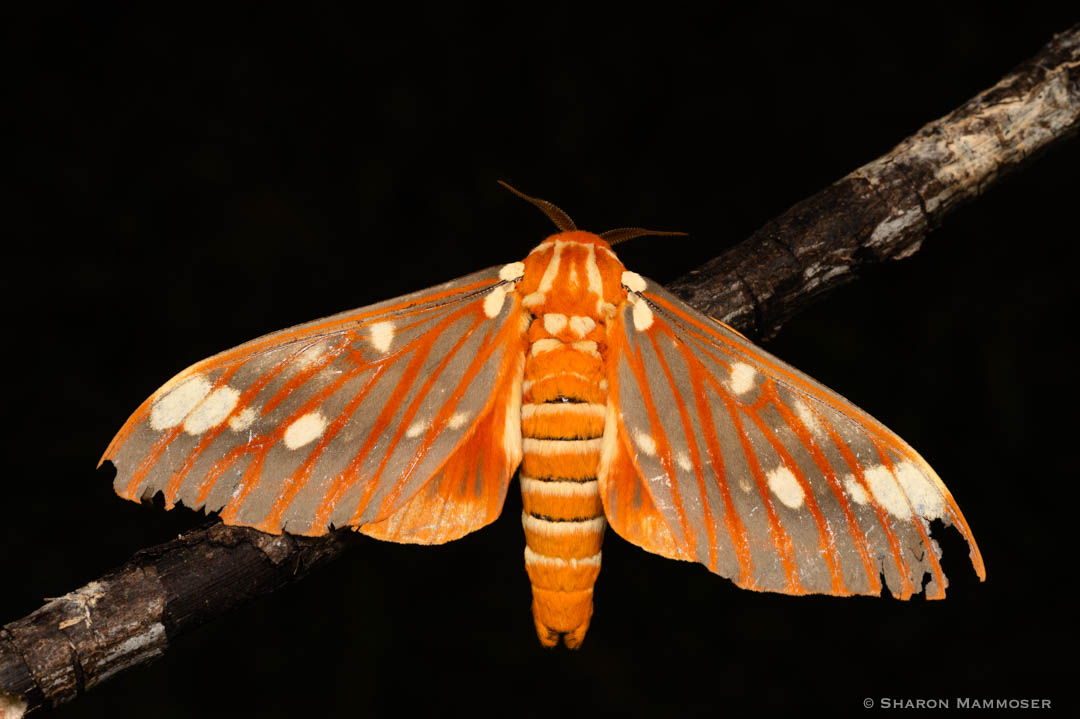
7. LEAVE SOME LEAF LITTER There are many animals who must have leaf litter for part of their lifecycle. Do you like fireflies? Before fireflies are adults, they are larvae living in the leaf litter. They may live in the leaf litter for up to two years before becoming adults. If all the leaf litter is raked up, chopped up, or carted away, those firefly larvae will die, and there’ll be no more fireflies there. Do you like birds? 98% of our songbirds require insects when raising their young. Guess what? Many, many insects require leaf litter for part of their lifecycle, including many moths. Moths somehow have gotten a bad reputation, but rest assured, moths, like butterflies, are highly variable, can be beautiful, and are essential in our food webs. Their caterpillars are among the most sought-after food source for many of those same songbirds that you welcome into your yard. Salamanders, frogs, lizards, and many other animals use the leaf litter too. If you can’t leave the leaves where they fall, rake them up and dedicate a space to be “wild” in your yard, perhaps around your trees or in an-out-of-the-way place.
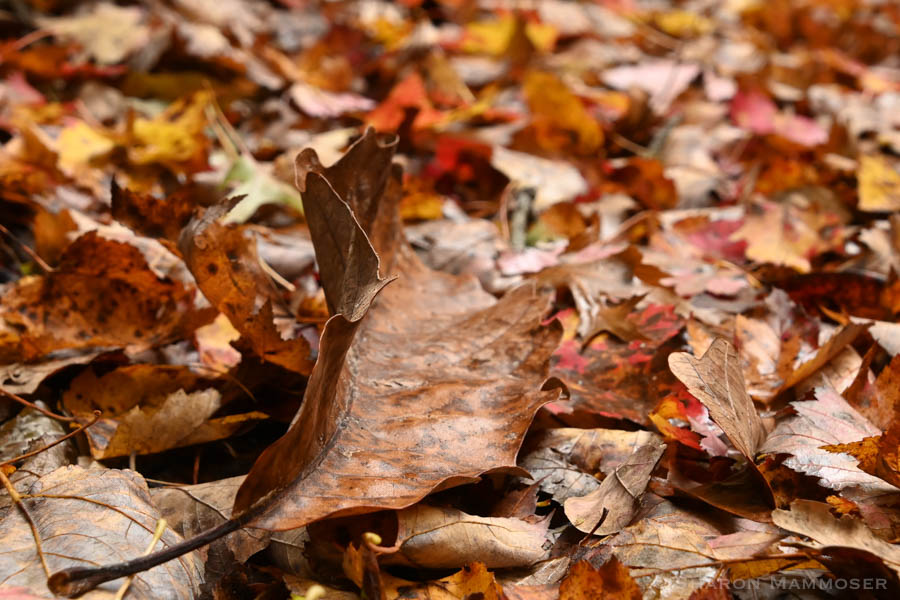
8. COMMIT TO A PESTICIDE-FREE SPACE Make your yard a safe-zone for all of the birds, native bees, butterflies, moths, and other insects who use and live in your yards. We must learn to accept imperfection. We must understand that having moths and their caterpillars in our yards means we’ll also have more birds. There is no reason we need to continue buying lawn products designed to kill, or paying lawn companies to poison every living thing in our yards just so we can claim a “perfect” lawn. Let’s be smarter!
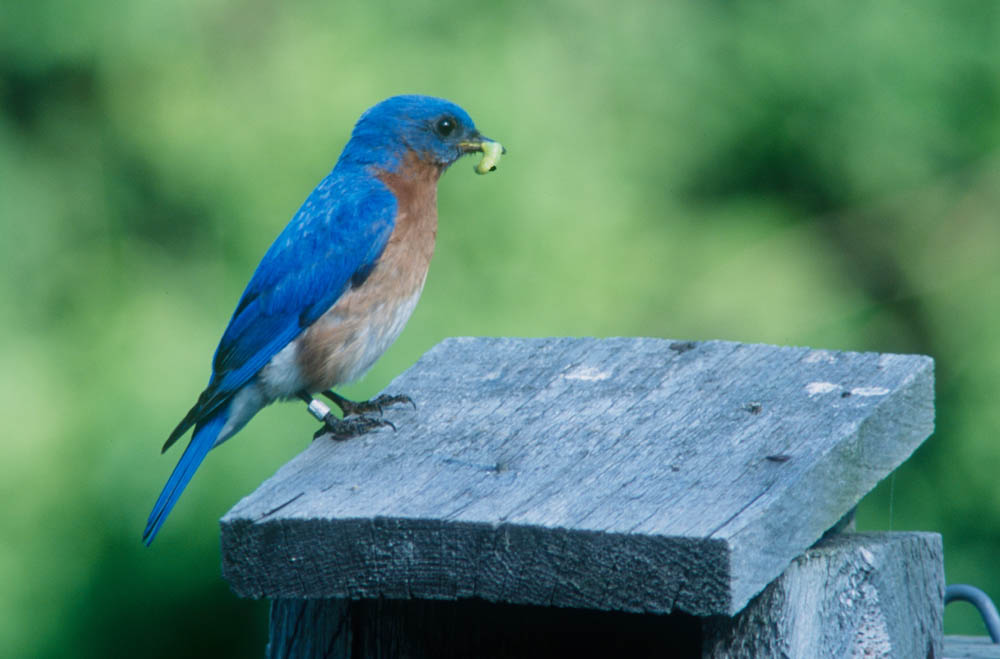
9. COMMIT TO GETTING RID OF INVASIVE PLANTS Just about every single nursery that you visit offers them, and every single landscaper uses them. It’s not an exaggeration to say that the list of invasive plants is REALLY, really long. Many people think, “What’s the big deal? I’m just putting it in MY yard!! I’m not planting it in the forest!” But perhaps these people don’t realize that a plant in your yard can easily “move” to other spaces via birds pooping out the seeds elsewhere. Invasives choke out our native plants, they spread unchecked into wild spaces and our neighbors’ yards, and they offer little or nothing to insects and other wildlife.
An example is the Paulownia or Empress Tree. In western NC this tree is blooming right now, with gorgeous purple flowers.
But ONE Paulownia tree can grow up to 20 feet in one year, and guess what? ONE tree can produce more than 2,000,000 (2 MILLION!!) seeds!! Invasive plants like this are displacing native plants that native wildlife depends on.
We can all work together to be part of the solution, and not the problem simply by committing to not buy and get rid of any invasive plants in our yards. It’s one small thing everyone can do that will make a big difference. It’s 2025, and we know better! Get rid of these invasive bully plants and replace them with native plants that have high wildlife value. Let’s give native plants a chance!
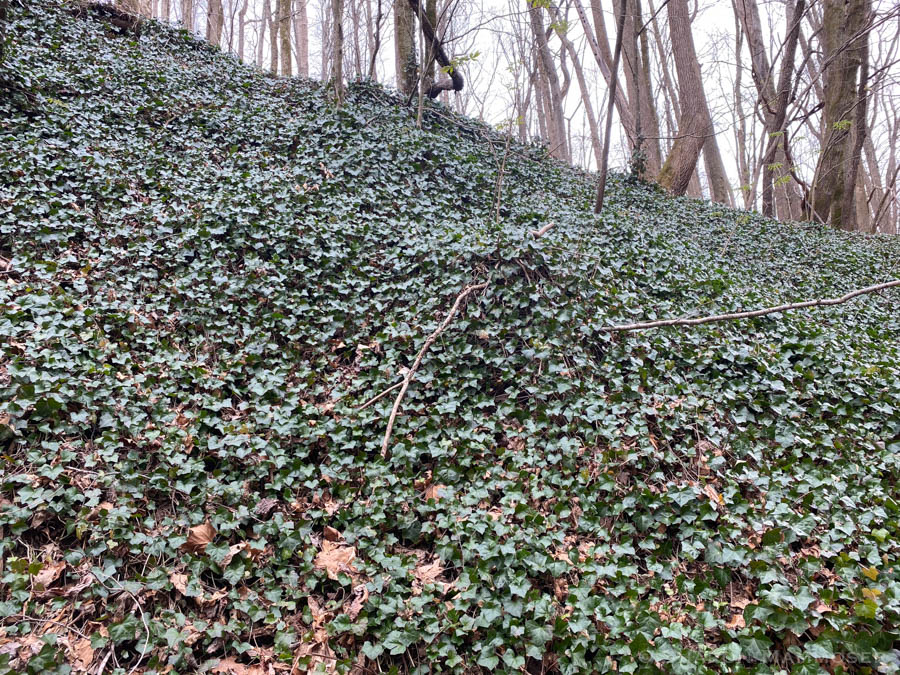
10. REDUCE SINGLE-USE PLASTICS You have the power to vote everyday with the products you buy and support. When you’re standing in the store considering these products, pay attention to the packaging. Is there a way to get the same item without the packaging? Grocery stores often try to make things convenient for consumers but in doing so add plastic. Pick the single bell pepper, sweet potato or cucumber instead of the ones wrapped in plastic and sitting on styrofoam. Choose a shampoo bar or a bar of soap instead of a liquid in a plastic container. Bring your own straw and Tupperware for takeouts to restaurants. Use cloth bags at grocery stores. With a little bit of thought, many products can be purchased without the extraneous plastic packaging.
11. COMPOST Food waste creates 10% of global greenhouse gases. Add your food waste to a compost bin instead of the trash can. Not only will you have less garbage, but you’ll be able to return all of those nutrients back to your soil. Even if you don’t have a garden you can still add them to your yard. Spread around trees or shrubs or in another wild area.
12.RECYCLE GLASS, ALUMINUM, PLASTIC AND PAPER: It is possible to make twenty recycled cans with the same energy it takes to make just one new one. Every ton of recycled glass saves 9 gallons of the oil used for fuel to produce new glass. It saves trees when you recycle paper and cardboard. Recycling makes sense and isn’t hard to do.
13. REUSE There’s no rule that says wrapping paper, holiday decorations, bows, and tags can’t be used again and again. Clothing can be repaired or altered rather than throwing it away. We can reuse jars for leftovers. We can reuse packing peanuts and bubble wrap. The list is endless and it’s not hard to do. Let’s make it normal to use things more than once.
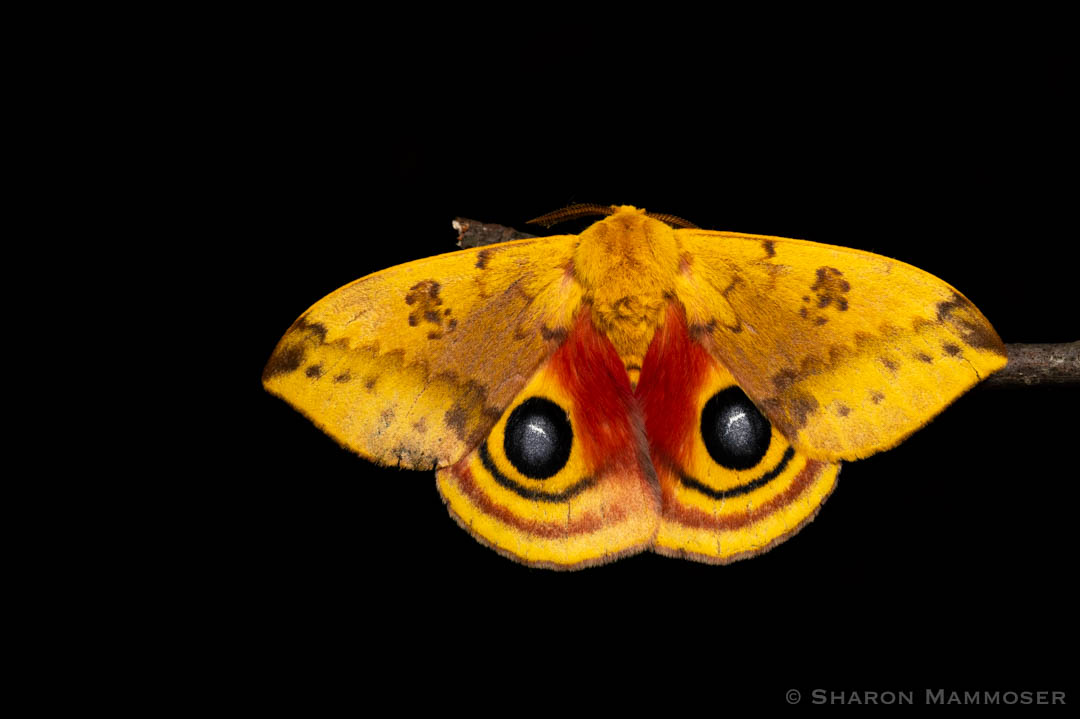
I hope you’ll join me in adopting some of these changes. It’s easy to see that each of us has power and can DO THE RIGHT THING to make a difference to our beloved Mother Earth.

